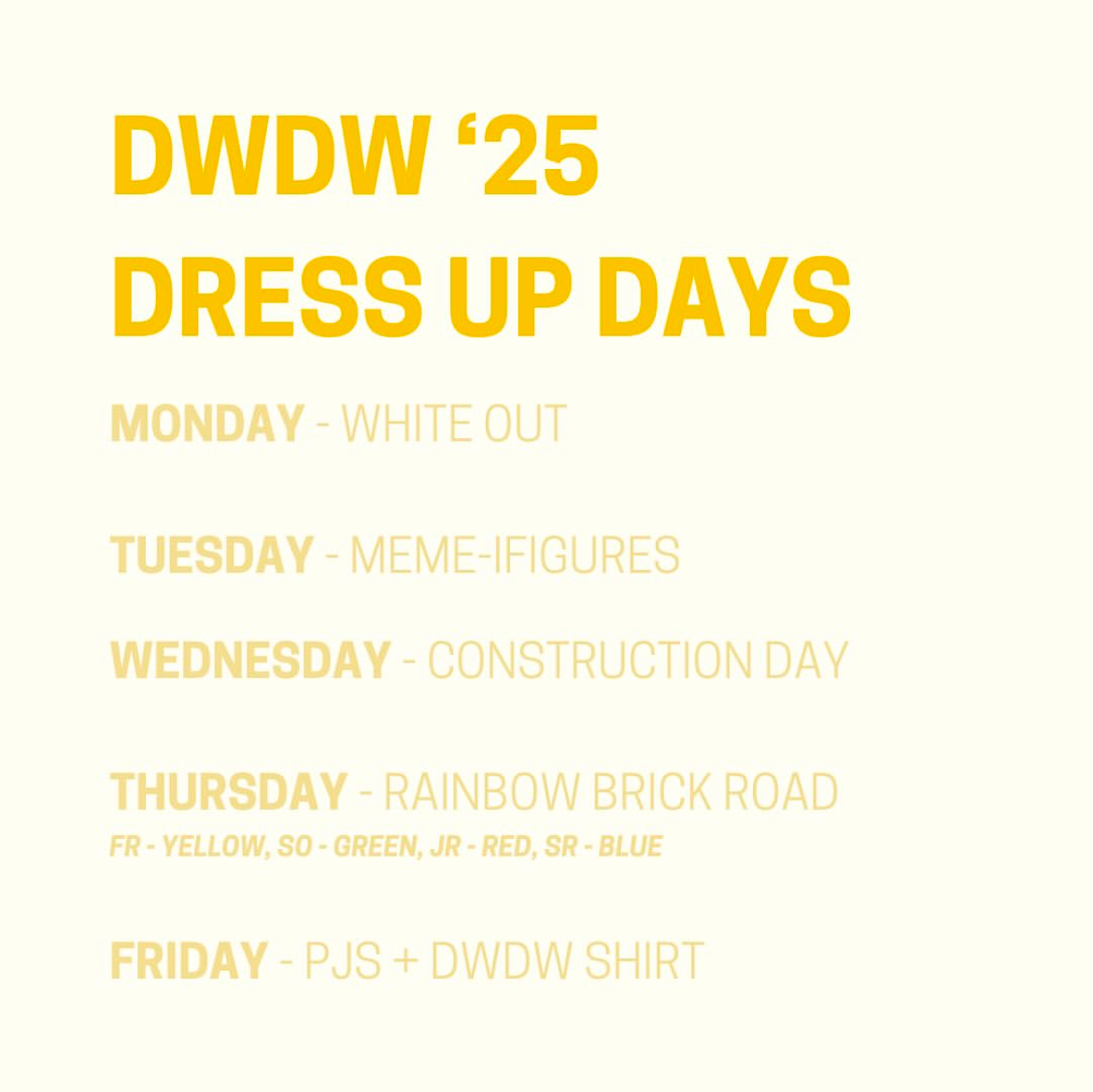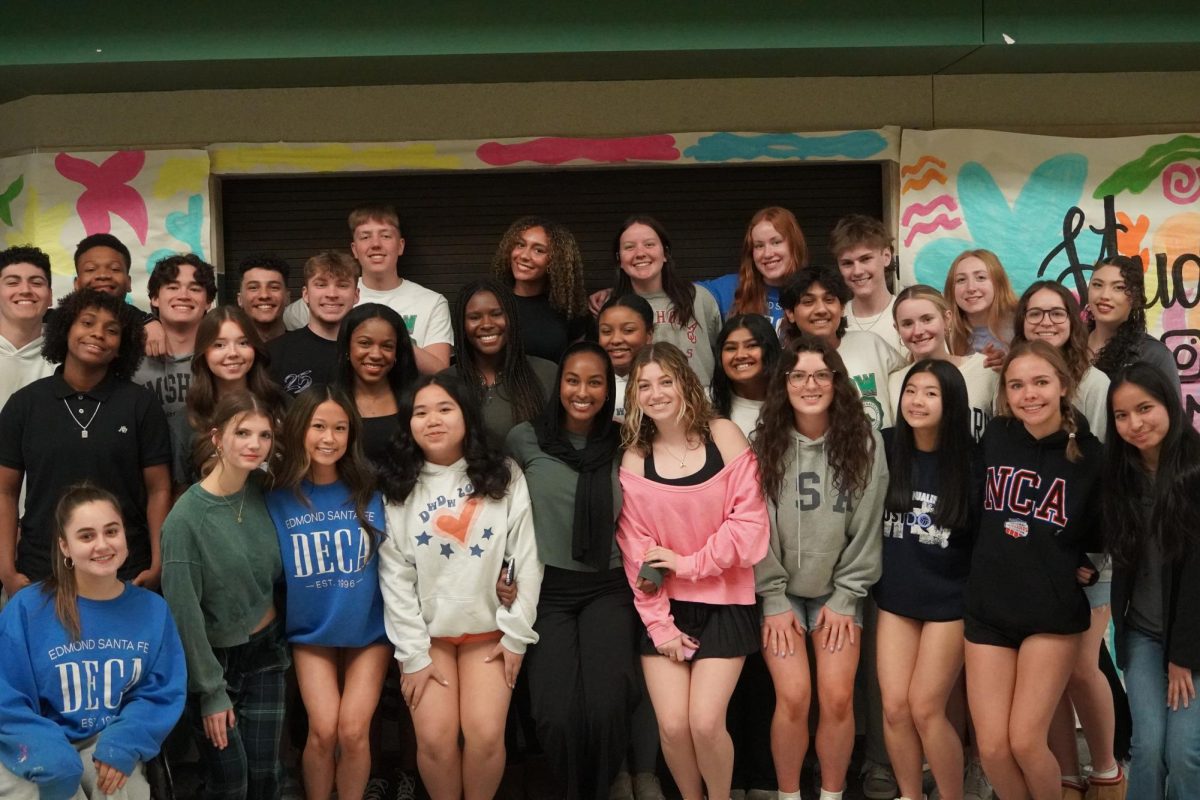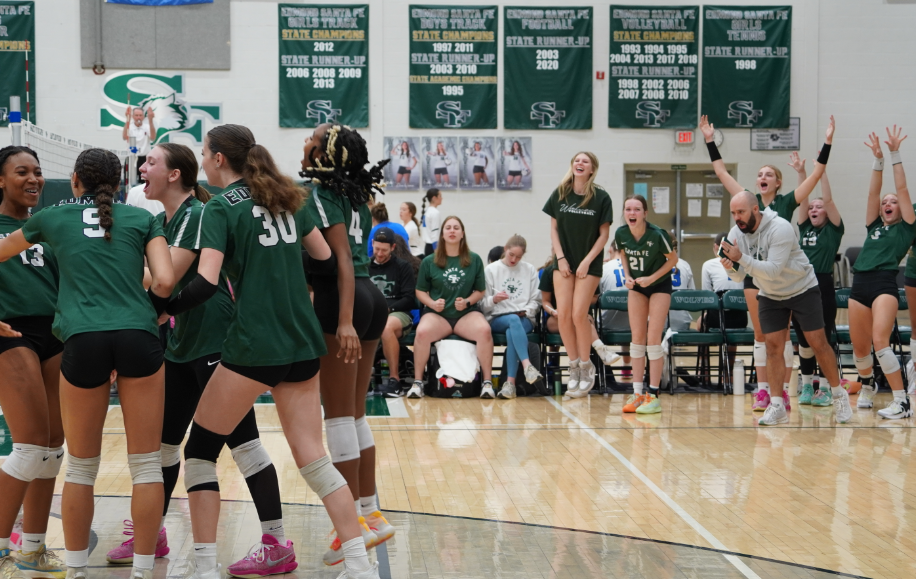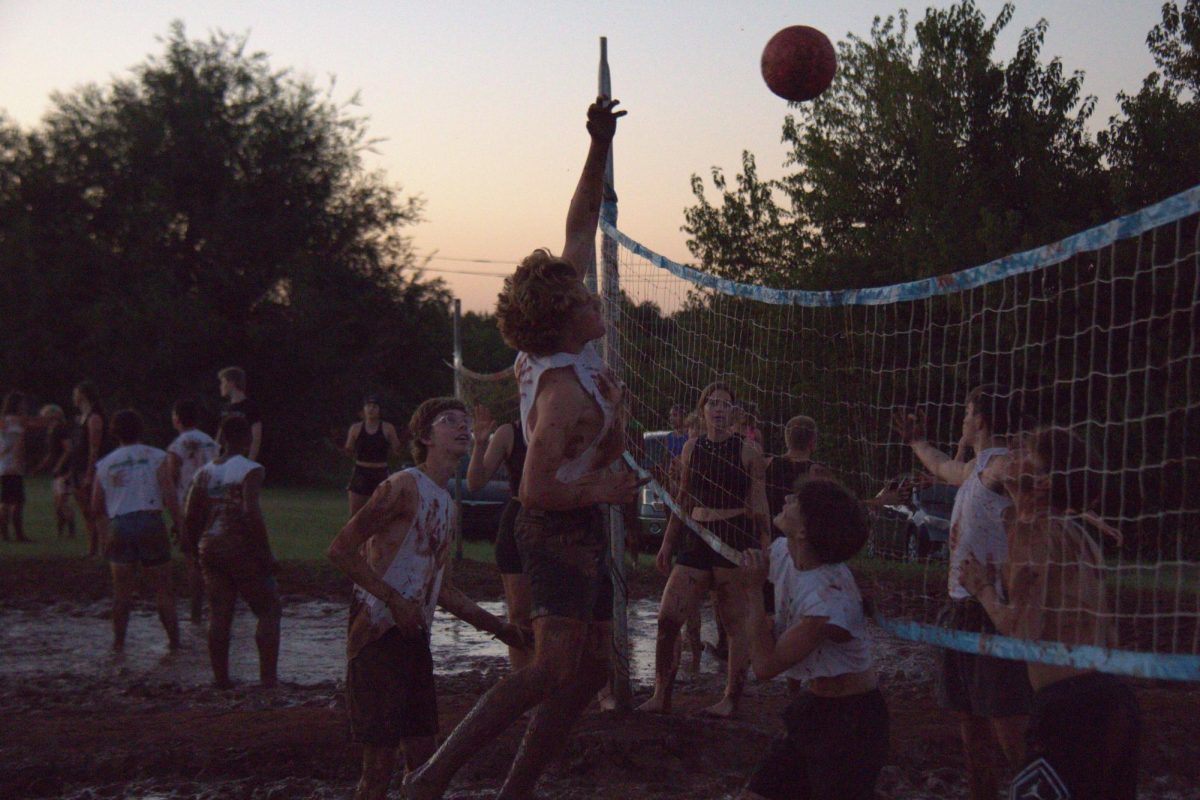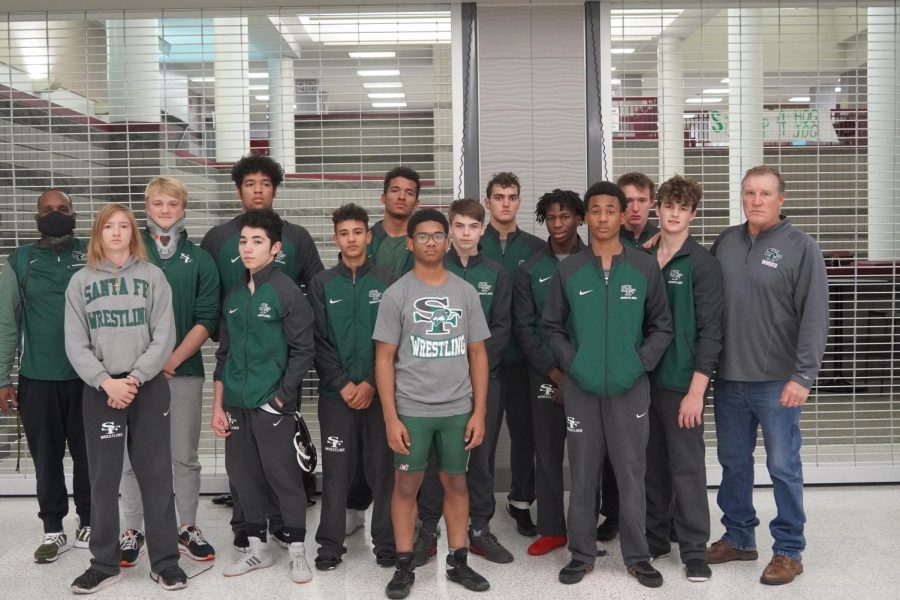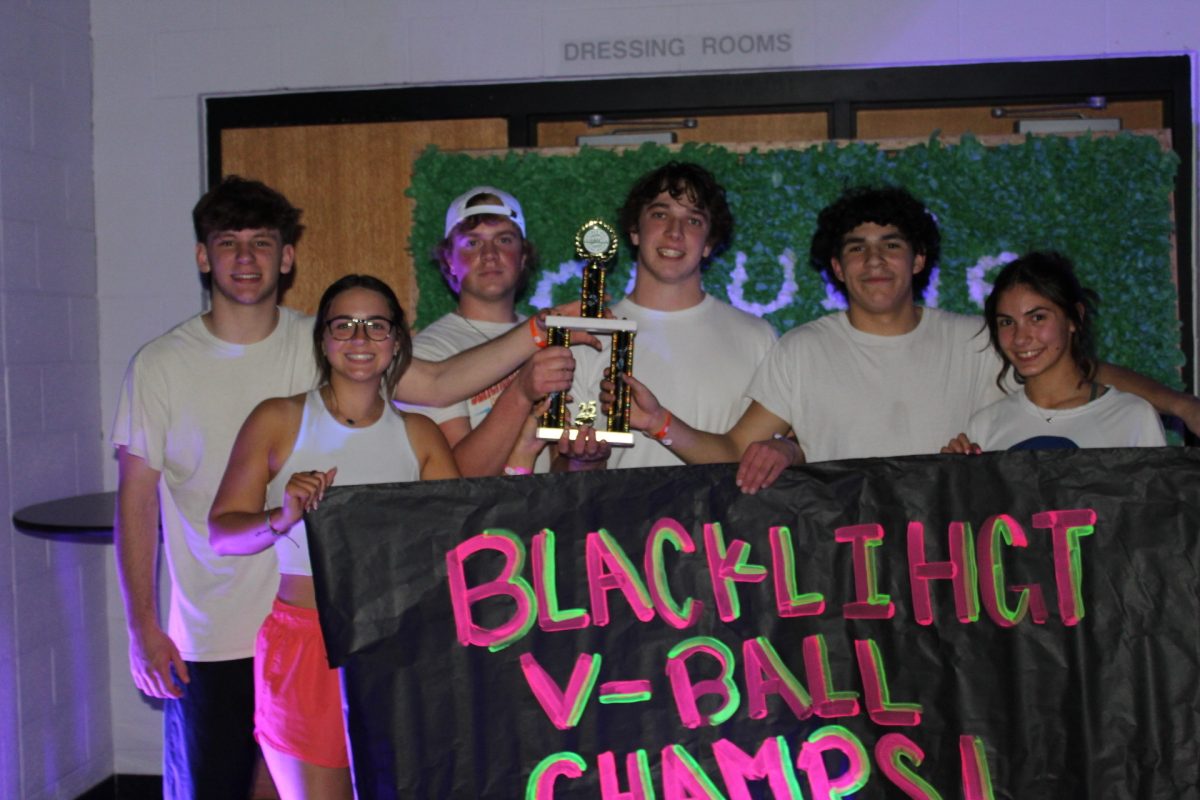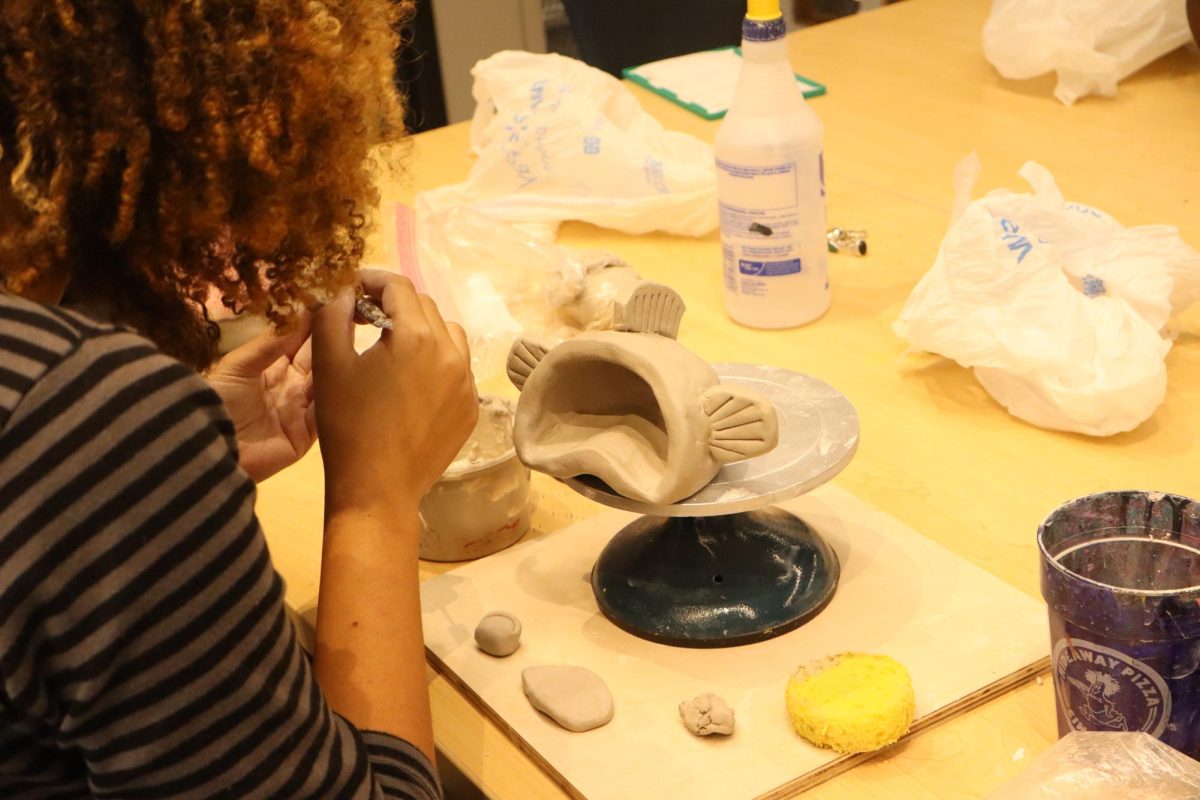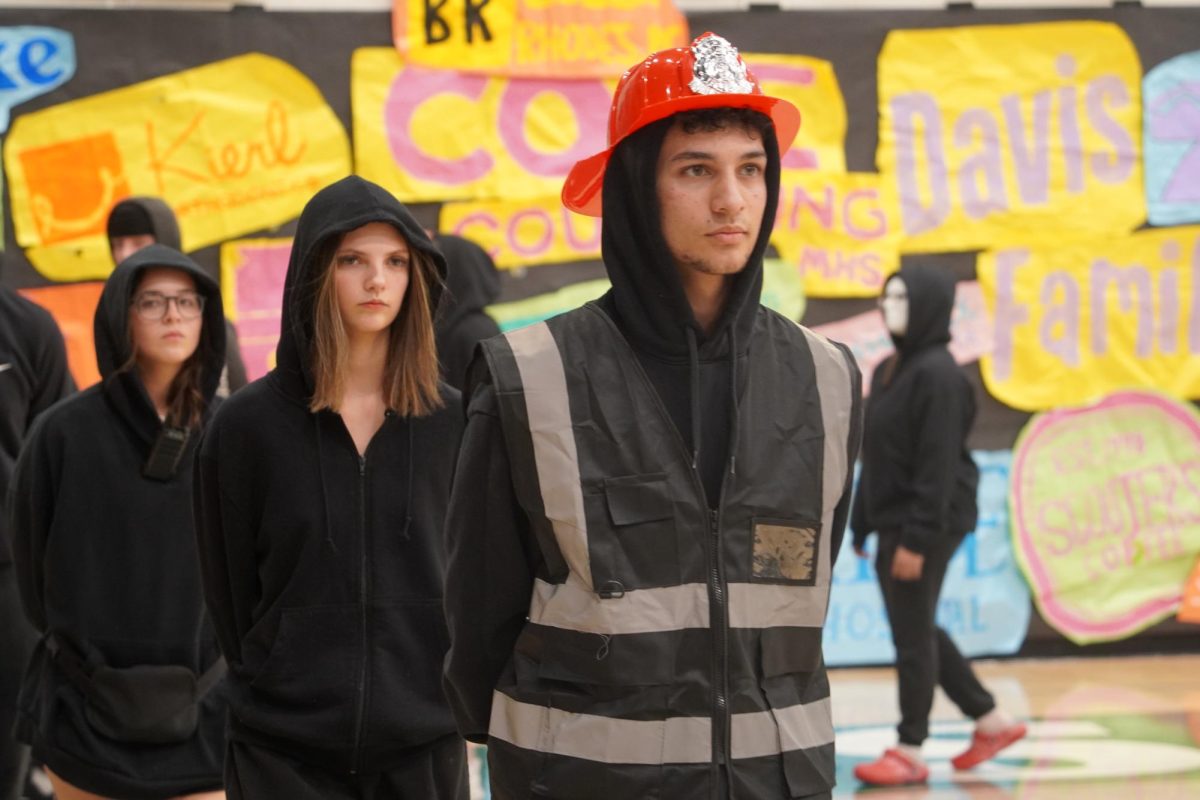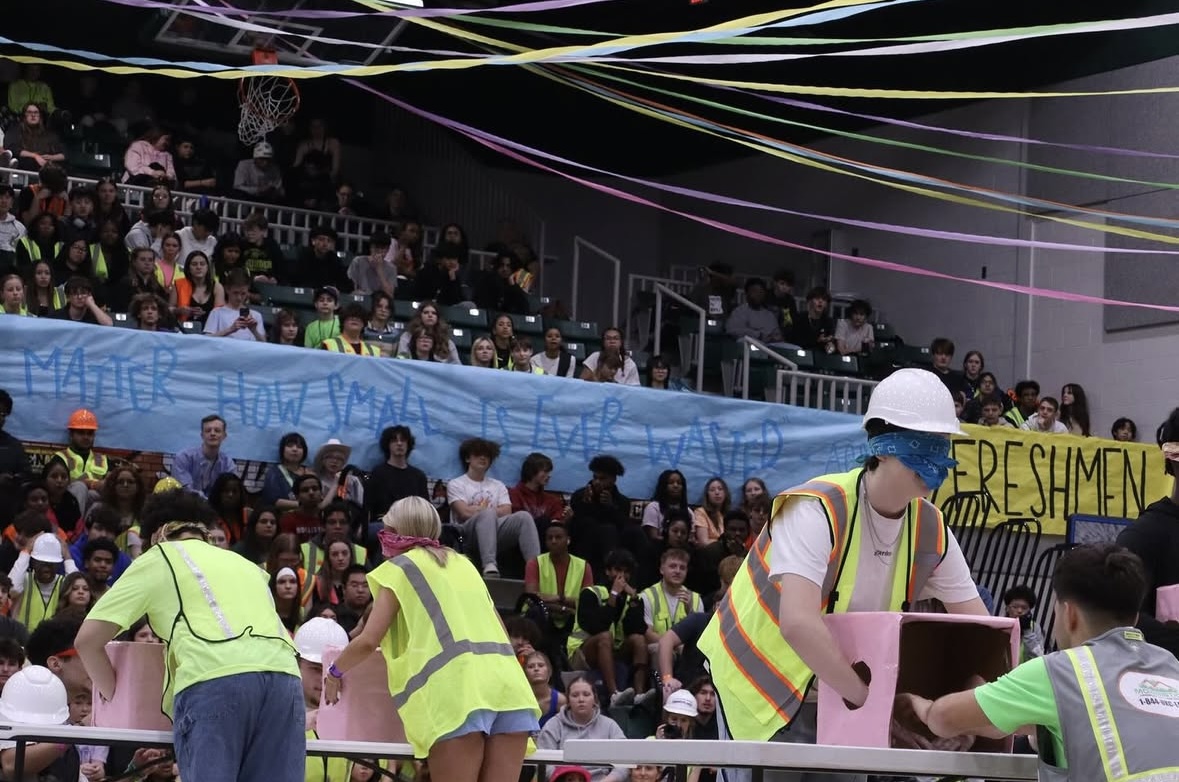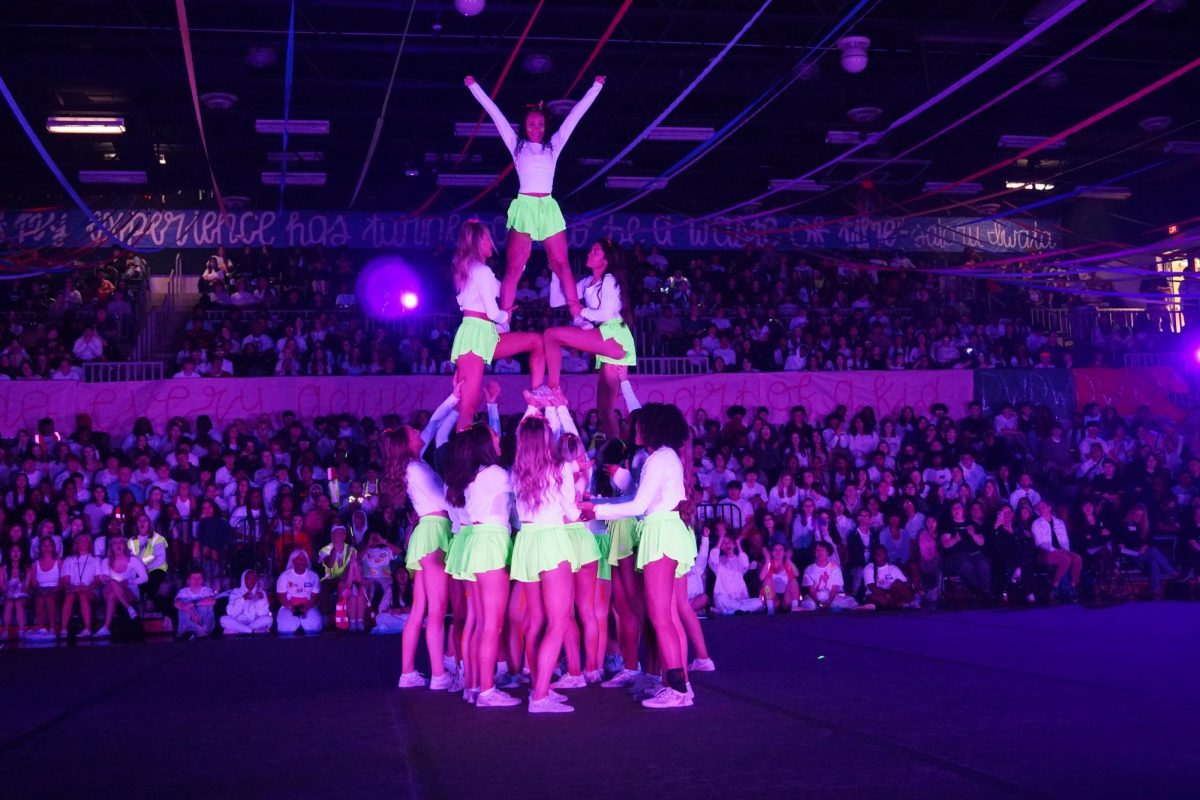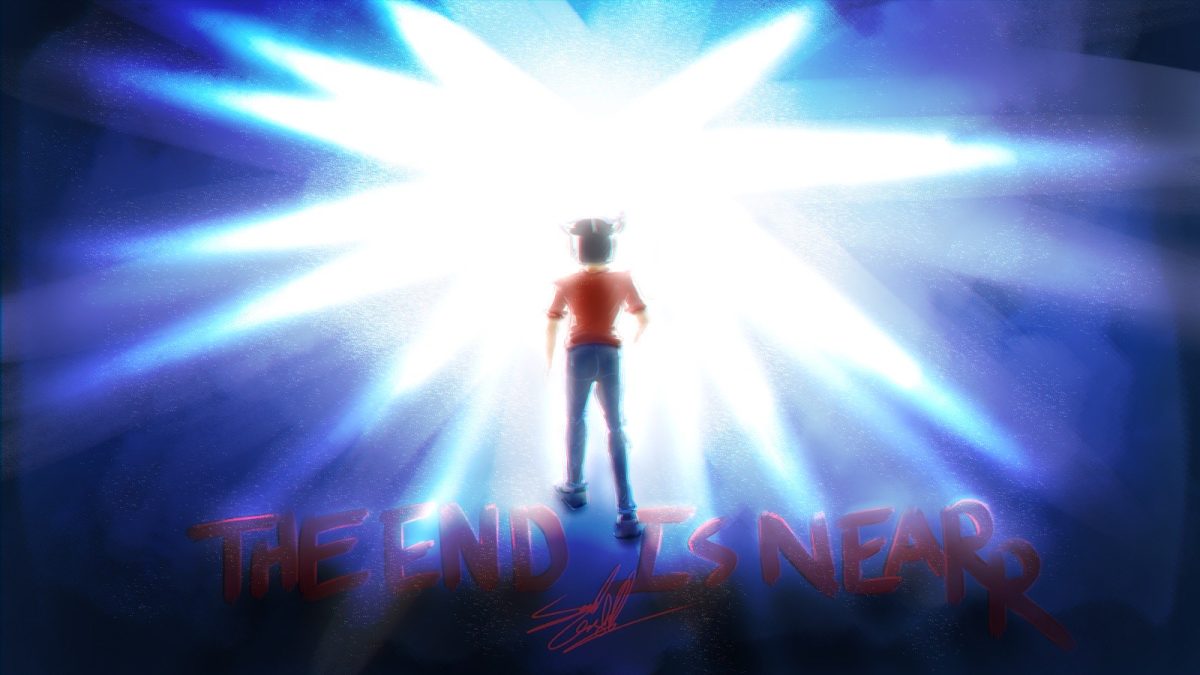Are Roguelikes ruining level design?
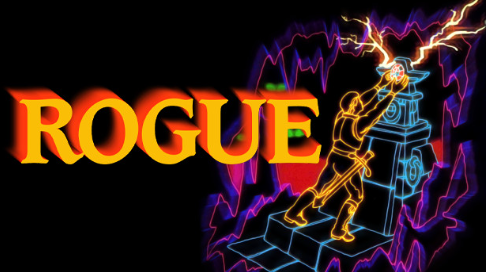
store.steampowered.com/ap/1443430/Rogue/
Steam cover art for Rogue
October 31, 2022
Roguelikes, a long-since successful video game genre, have recently increased in popularity among indie game developers. As a result, many people have started accusing roguelikes of ruining level design in games.
What is a Roguelike?
The roguelike genre has lacked a concrete definition since the original “Rogue” was released in 1980.
Roguelikes were traditionally characterized as a dungeon-crawler that include procedurally generated levels, turn-based strategy, grid-based movement and permanent death of a player character.
However, recent roguelikes primarily focus on the procedurally generated and permanent death components of the original “Rogue”.
Why Are There So Many Roguelikes?
In recent years, many roguelikes have been made because it was the main focus of some recently successful indie games.
There have been many recent indie game successes within the roguelike genre such as “Hades,” “Dicey Dungeons,” “Enter The Gungeon” and “Deep Rock Galactic.”
Roguelikes are an effective way to make a game full of fun and unique content. This and the recent successes of indie game roguelikes have motivated many indie developers to experiment with the genre.
Why Do People Think Roguelikes Ruin Level Design?
As roguelikes become more popular, there seem to be more people that are upset about the level design in roguelikes.
The most popular reasons for this are that they think roguelikes allow for lazy level design and that roguelike levels aren’t as good as levels directly made by the developer.
Roguelike Level Design
Contrary to popular belief, creating procedurally generated levels tends to be more difficult than directly creating levels for a game.
Ensuring that every possible generated level is playable, functional and fun can be the most problematic part of designing a game. Often level generation must be constantly edited to properly function with new mechanics or features added to the game.
Because roguelike level design is so integral to a roguelike, most roguelikes put a lot of thought and effort into how the levels affect their game. Levels in roguelikes are often just as good, if not better, than levels directly created by a developer.
“Deep Rock Galactic” and “Spelunky” are examples of roguelike level design that has surpassed most other games’ level design. “Deep Rock Galactic” is often complimented on its complex and atmospheric levels. The levels in “Spelunky” are the same quality as the platformer genre’s most successful games.
Why Roguelikes Enhance Games
Roguelikes allow for a game that would otherwise be a simple, single-playthrough game to become a game that can be played endlessly. Roguelikes let the developer create unique and fun experiences each time it’s played and lets the player experience everything a game has to offer.
There is a reason why roguelikes have been a wildly successful game genre for over a decade. Roguelikes make a game endlessly replayable and enrich a game’s features.




